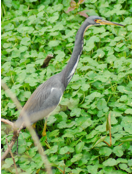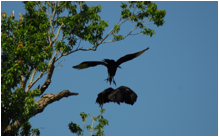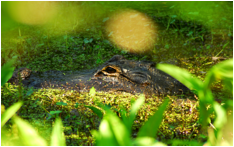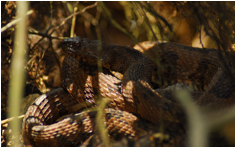James Brantley
April 24, 2011

I have always considered myself a bird and nature enthusiast and after reading Sandra Steingraber and Walt Whitman, I canÕt help but visualize Lake Apopka.
Each of these authors use their distinct voice and opinion to express how they connect with nature.


In vain the buzzard houses herself with the sky,
In vain the snake slides through the creepers and logs,In vain the elk takes to the inner passes of the woods,
In vain the razor-billÕd auk sails far north to Labrador


To learn more about the changes in
lakeÕs ecology and biodiversity since human settlement, see Dr. SiryÕs article:
http://wiki.rollins.edu/lakeapopka/index.php/Changes_in_the_Lake%27s_Ecology_Since_Human_Settlement
http://www.fola.org/information_links/LARestoration-FromSciencetoNature.pdf